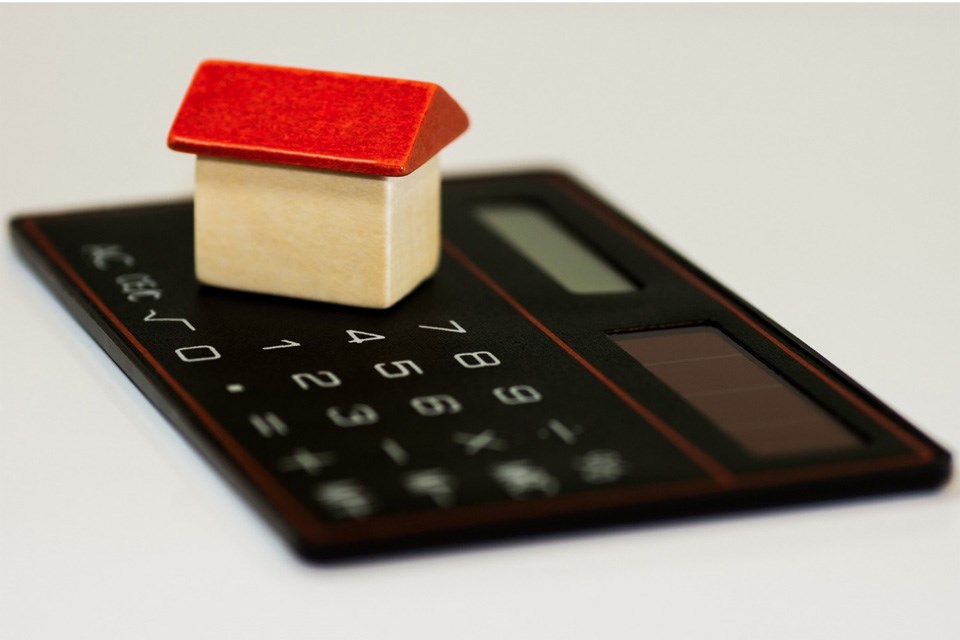What is a Home Equity Line of Credit?
A home equity line of credit, or HELOC, is a revolving line of credit that uses your home as collateral. Therefore, in order to qualify for a HELOC, you must have equity in the home. Since it is revolving, any time you pay down the outstanding balance it becomes available once again, up to your credit limit. Common uses to get a HELOC include renovations, to finance another real estate purchase or to clear up debts that have higher interest amounts.
HELOC Pros
Many people like HELOCs because the interest rate is comparatively lower than other credit options, with interest only accruing on the amount borrowed. You can pay off a HELOC without a pre-payment penalty. The only amount due is the monthly interest on the borrowed amount.
HELOC Cons
That “only interest due” pro can also be a major downside. If you are only paying the interest and not the principle, you will carry that debt for a very, very long time. Managing a HELOC responsibly requires a firm understanding of interest, principal, debt and budgeting, otherwise your debt can grow out of control – fast. And remember, your HELOC is backed by your home. Should you fall behind on payments, the lender can take possession of your home. It may also be tied only to one lender. If you switch lenders, you may need to pay off the HELOC first.
Is a HELOC a Good Idea Right Now?
The answer to any question of finance is, it depends. HELOCs are an ideal fit for some people and not for others. It depends on your financial discipline, credit score, personal goals, assets, etc. That being said, it is very important to know that many HELOCs are set up with a variable interest rate, which is based on the Prime Rate. When the Prime Rate goes up, so does your interest payment.
Currently, Prime Rate is on the rise, going from 2.70% to 3.70% between April and June of this year, then another jump to 4.70% in July. Thanks to high inflation rates, many expect more Prime Rate hikes in the near future.
So, is a HELOC a good idea? As with any financial product, one must pay very close attention to the interest rates and one’s budget. If the HELOC is being used to increase assets (renovation, real estate purchase), is the value of the asset larger than the debt incurred? Will real estate prices put you upside down on a current or future mortgage? Can you absorb an interest rate hike? Can you have your HELOC structured in a more fixed way?
The key to making the most of a HELOC is to know the details of the loan inside out, and to be able to handle various scenarios, such a plunging or rising home values and Prime Rate changes. If you are interested in a HELOC, discuss the pros and cons with a financial advisor and make an informed decision.
This story is brought to you by Great West Media Content Studio. It is not written by and does not necessarily reflect the views of the editorial staff.



